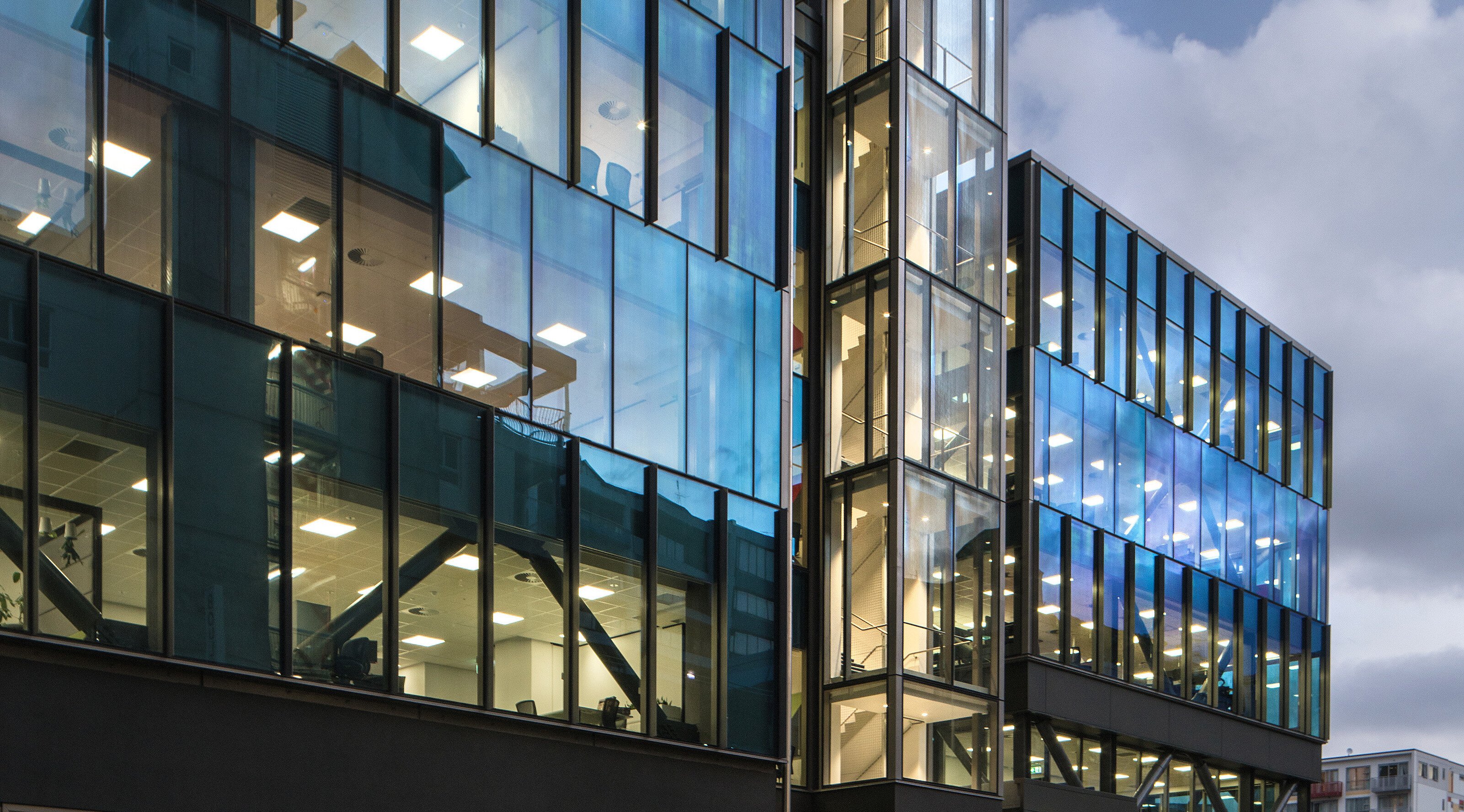As lenders and borrowers increasingly look to cut emissions and support others to do the same, the New Zealand Green Building Council has released an important guide to help the market answer the question ‘what is a green building?’ and “how can I evidence my green portfolio for finance.’
“We’re increasingly seeing developers and building owners seeking lower interest loans and sustainable finance for their assets, but there is often a gap in people’s understanding of how to evidence their efforts,” says Andrew Eagles, NZGBC chief executive.
With the built environment responsible for around 20% of Aotearoa’s emissions, sustainable finance is a vital lever to supporting our sector to slash its footprint. However, for those offering green bonds or green loans as a way of supporting sustainable development the definition of what makes a building green has been unclear or inconsistent. This new guide, developed in consultation with the sector, sets out our view on what is a green building and to create a common standard as the sustainable finance market grows.
“When developers and building owners say to a bank they’ve got a sustainable asset, what proof should they be offering? What criteria should banks be ensuring green finance applicants meet? Our new guide outlines how NZGBC's green building certifications support the measurement, tracking, and the reporting of environmental performance."
As trusted, independent certifications used by hundreds of projects each year, many in the sector are already using NABERSNZ, Homestar and Green Star as part of green loan agreements. The guide provides a breakdown of the minimum certification that should be expected for certain building types, with the expectation that the requirements on green buildings will increase over time as the sector seeks to improve its sustainability outcomes and contribute to Aotearoa New Zealand's climate goals.
For example, for homes currently we suggest at least a 6 or 7 Homestar certification should be considered for sustainable finance, however from August 2025 that expectation should rise to a 7 or 8 Homestar rating. This new guide will assist financiers and borrowers create sustainable finance transactions to suit their unique circumstances.
Throughout the world sustainable finance will continue to evolve. This guidance will be reviewed annually with the sector to ensure it remains in line with the market and our climate obligations.

